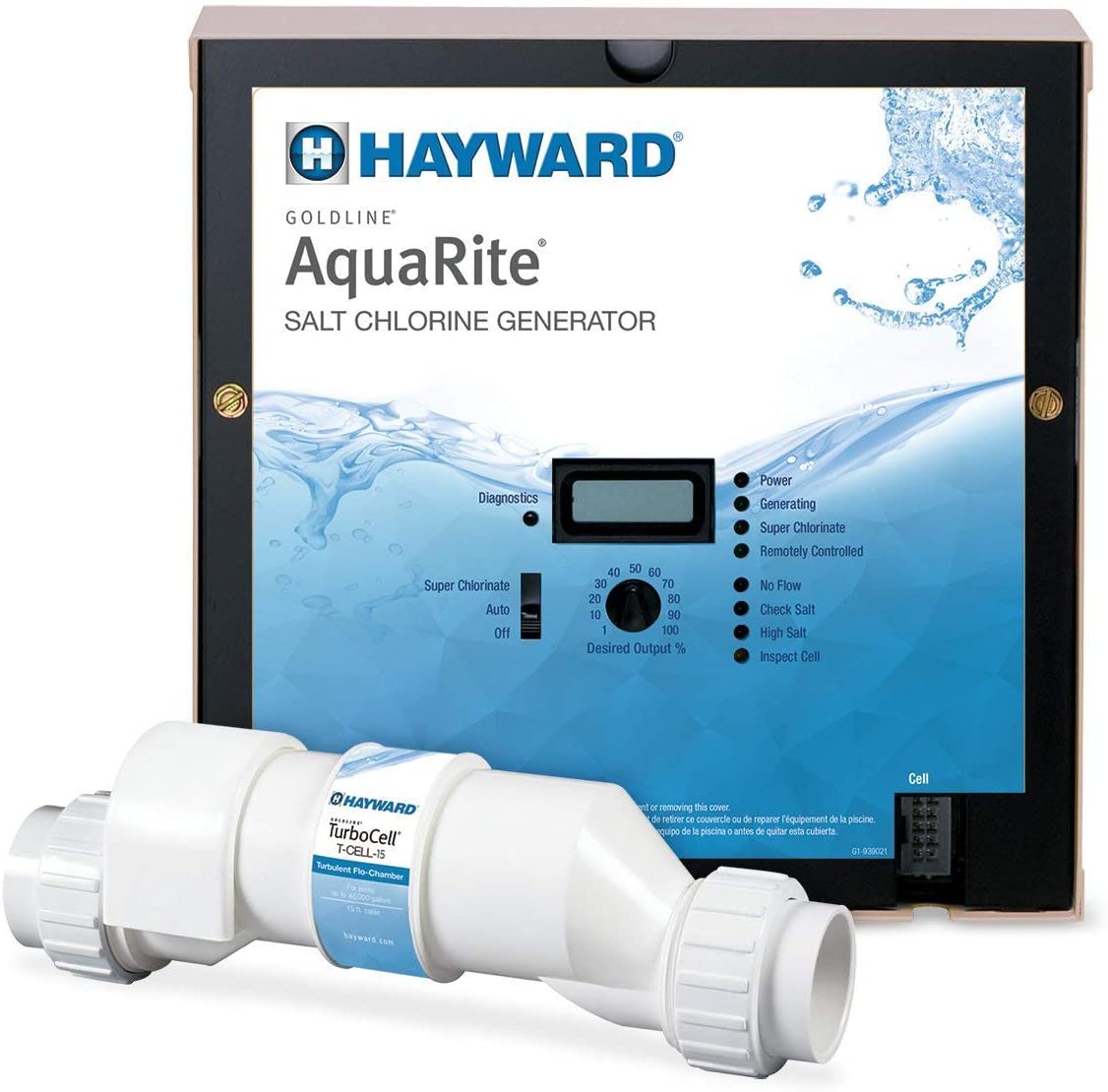Hayward Salt Cell Cleaning With Vinegar
Once the liquid inside the cell stops foaming your cell is clean.
Hayward salt cell cleaning with vinegar. You have to check the cell periodically to ascertain that it needs cleaning and then use robotic pool cleaner for. Use the vinegar to clean the salt cell. Once you have the power off take the salt cell out to inspect it more closely. Then you fill the cell with a mixture of 5 parts water to one part muriatic acid.
Can i just soak the entire unit in acid vinegar in a bucket rather than using the cleaning stand thingy. Pool store salt is 99 99 pure salt. You will have to place the salt cell in the container with the vinegar and water mix. This salt chlorinator is the convenient alternative to conventional chlorine bringing your pool the very best in soft silky water with no more red eyes itchy skin or harsh odors.
Remove the salt cell. However this salt cell should be cleaned occasionally because calcium and minerals get collected on plates within the cell. Unscrew both sides of the salt cell to remove it. Just make sure the end is well sealed.
You don t have to do anything else but let the salt cell sit in this solution for one night. It 99 97 pure pure enough. It will remove both calcium deposits. Our hayward aqua rite salt chlorination system the world s 1 salt chlorinator has a built in reminder to inspect and clean the cell every 500 hrs.
Clean salt cell with vinegar i am not the swcg expert around here but i don t think you want to use vinegar. Inspect the salt cell regularly. I did a little research before replying to your post and i found the following post written by one of our support team members in regards to an aqua rite unit. A salt cell is commonly used in saltwater pools.
It vinegar really safer for the salt cell than hcl. Some might require cleaning every two months depending on the condition of the water. To clean the cell you need to remove the cell and attach the cap to one end. You ll be looking at the metal plates inside the unit.
It should have large screw in unions on both ends. You should be able to inspect them fairly easily to see if they need cleaning. It is actually a part of the system that lets chlorine to be naturally produced instead of being added. If you don t have a cell cap you can seal one end with a plastic bag and tape.
For instance if you use hard water you might need to clean your salt cell with vinegar every 8 weeks to ensure that it serves its.















































